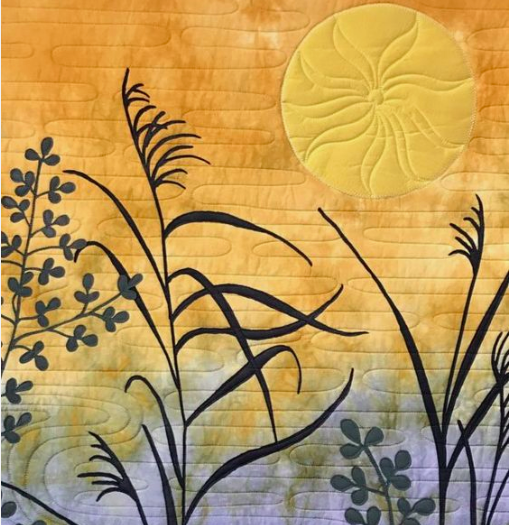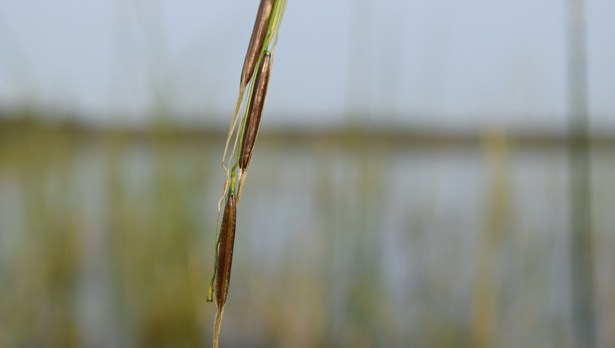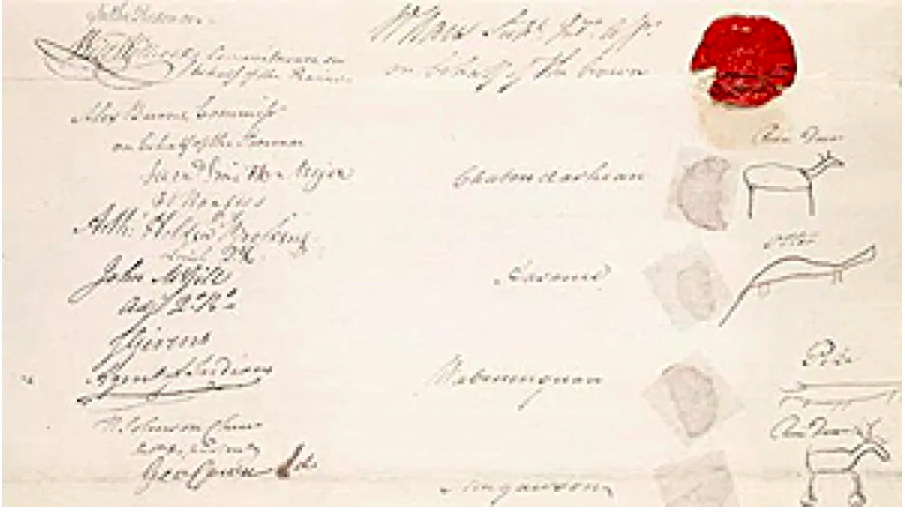Manoomin - Wild Rice
What is Manoomin?
Wild rice : Manoomin is a species of grasses forming the genus Zizania, and the grain that can be harvested from them. The grain was historically gathered and eaten in North America.
Wild rice is not directly related to Asian rice. Wild-rice grains have a chewy outer sheath with a tender inner grain that has a slightly vegetal taste.[3]
The plants grow in shallow water in small lakes and slow-flowing streams; often, only the flowering head of wild rice rises above the water. The grain is eaten by dabbling ducks and other aquatic wildlife.


The History
Mnoomin, meaning good grain or seed, and it has been a staple of their diet. In the early 1900s, flooding of the water systems through the Kawarthas with the completion of the Trent-Severn Waterway almost eradicated the wild rice in the area.
Two Perspectives
The Tri-Lake area is a water system in the Kawarthas made up of three lakes: Pigeon Lake, Buckhorn Lake and Chemong. Curve Lake First Nation, where Whetung is from, is on a peninsula of land surrounded on one side by Buckhorn Lake and on the other Upper Chemong Lake.
Whetung runs a business, Black Duck Wild Rice, and harvests the grain for sale commercially. He said he also provides opportunities for community members and local schools to bring classes in to learn about the process.
“It’s our inherent right to be able to do that and the Williams Treaty enshrined our rights in the constitution,” said Curve Lake councillor Lorenzo Whetung.
Residents on Pigeon Lake see things differently.
They say that over the last few years they’ve been watching their shoreline be consumed by thick reeds as the wild rice fields expand.

Treaties
Were the treaties signed on equal terms? Reports of the negotiations, recorded in the treaty commissioners’ diaries, would suggest not. The oral tradition, maintained by aboriginal elders, also shows discrepancies between the treaty texts and the verbal content of negotiations.
In essence, the surrender of land rights was based on the concept of private property — an incomprehensible notion in aboriginal culture.
The treaties were negotiated in a matter of days, in English, with interpreters who were not always equal to the task. They were signed by aboriginal chiefs who generally could not read English and who had not been advised by anyone. Often, the negotiation process did not respect the community’s hierarchical structure.
On several occasions, aboriginal groups indicated that they wanted to continue hunting and fishing. The English negotiators led them to believe they would be able to do so. In reality, the treaty texts only allowed them to hunt on lands that were not occupied by white settlers, and also included regulations that could prohibit these activities during certain periods of the year.
To make themselves understood, the British used a language very different from that used in the treaty texts. Queen Victoria was referred to as “the Great White Mother,” and the native people as her “Red Children.”
